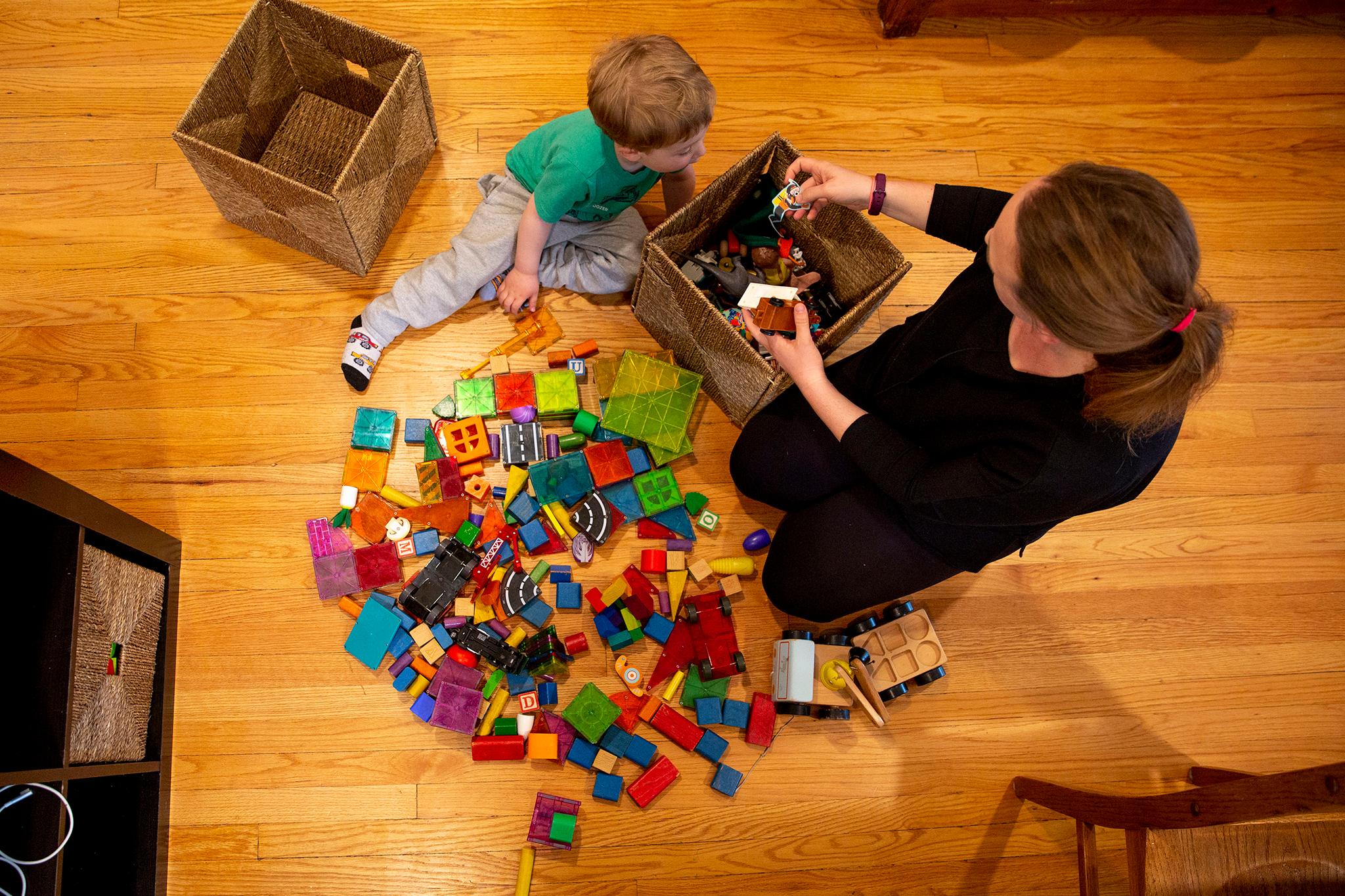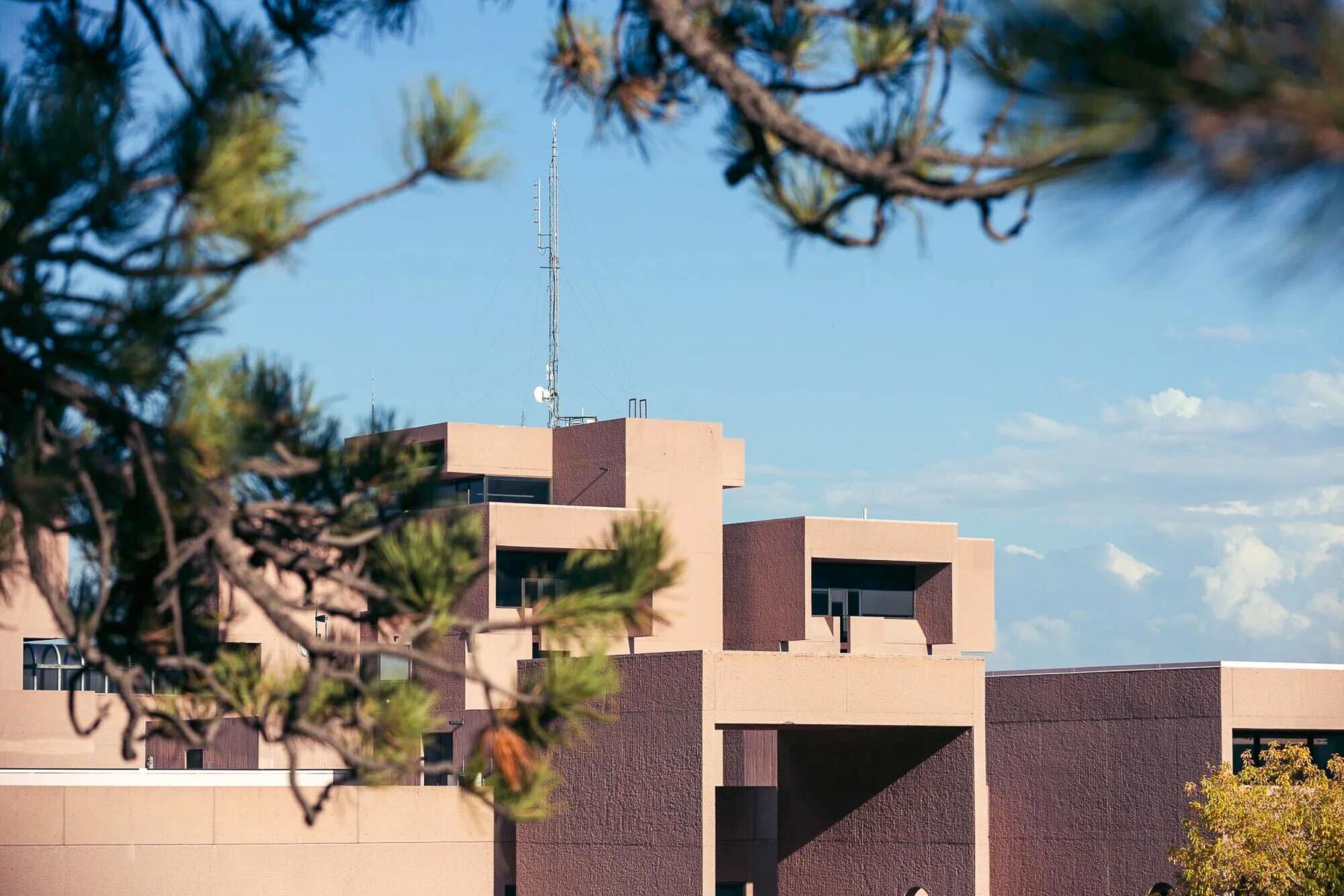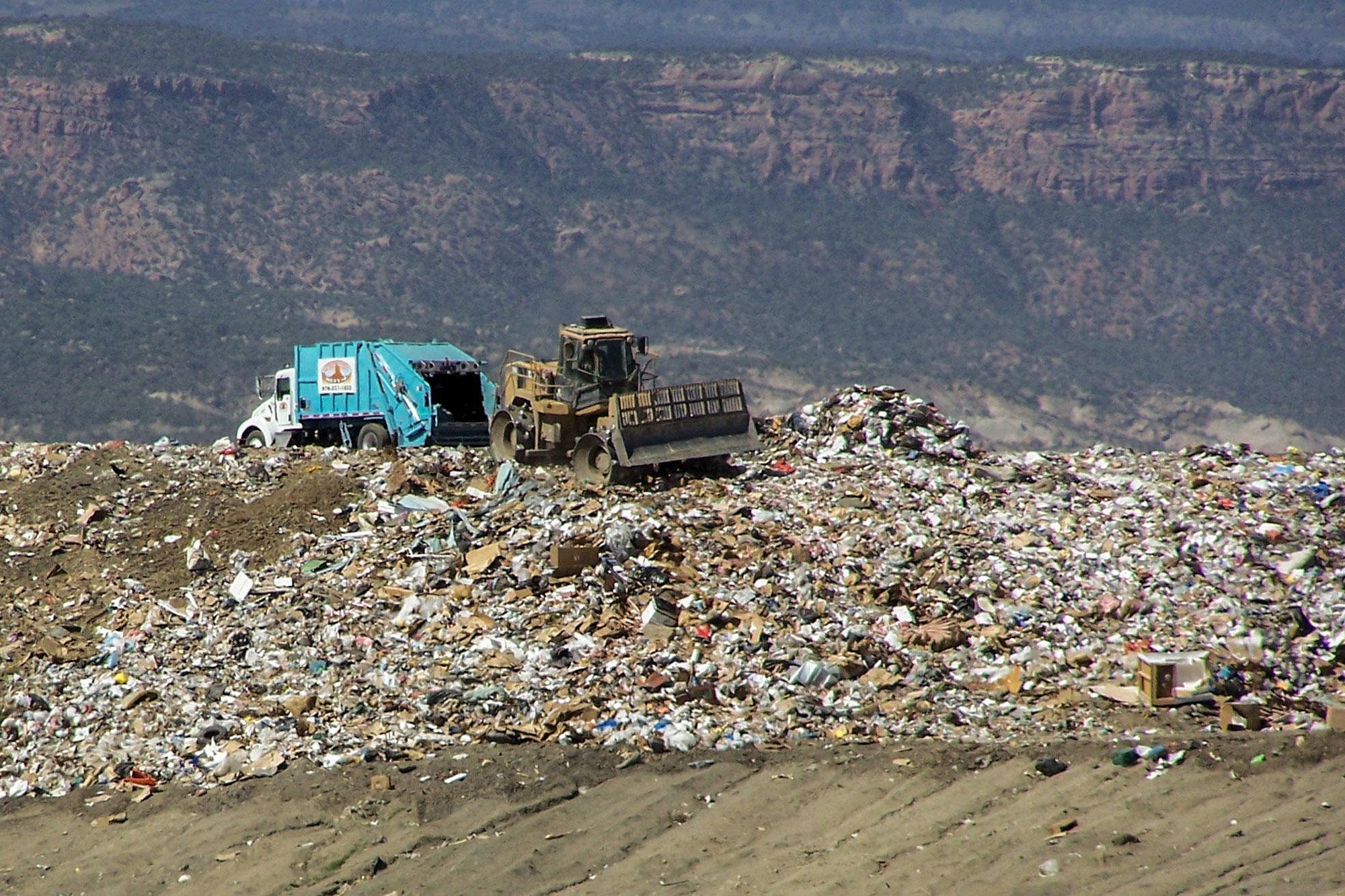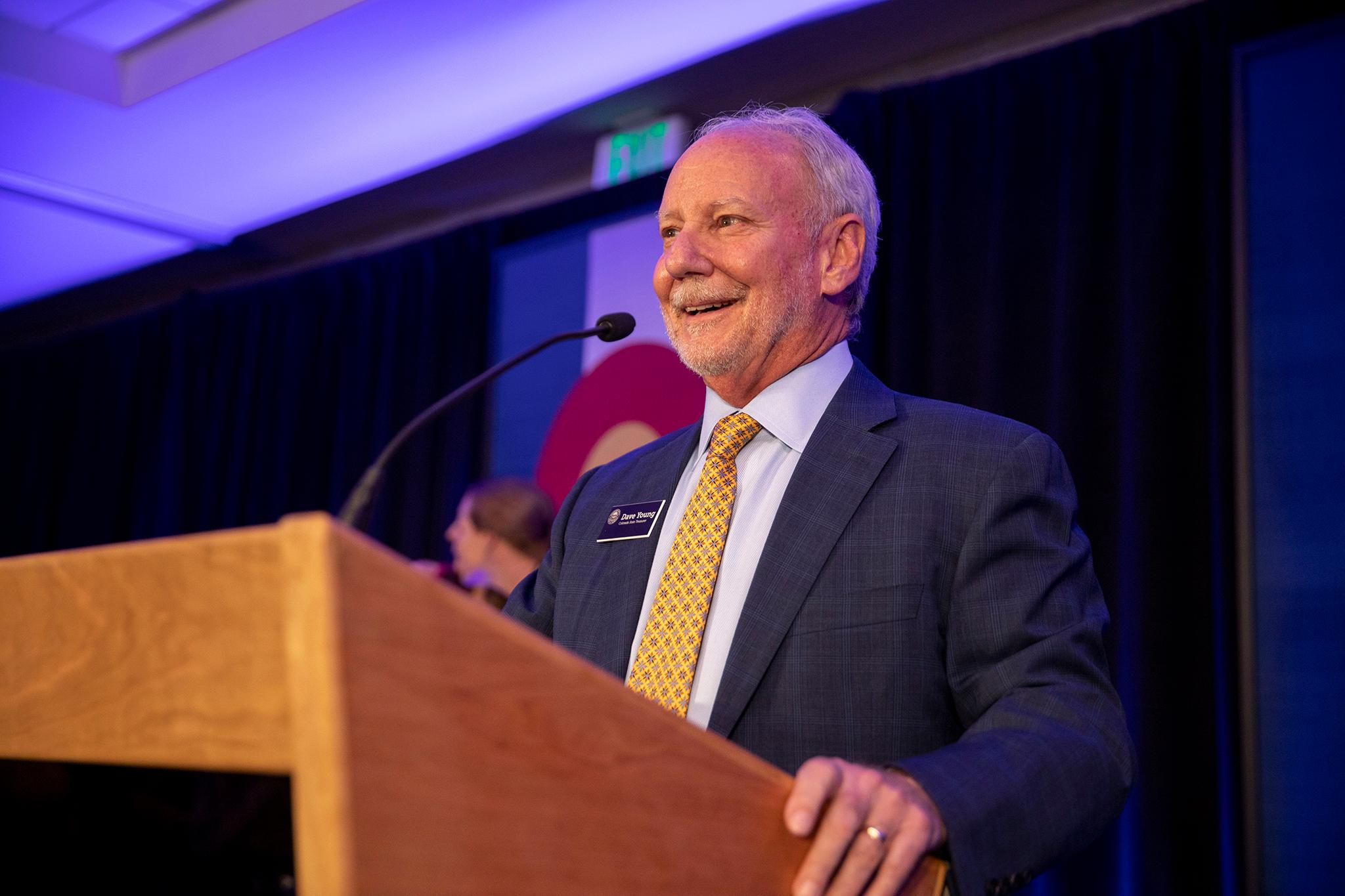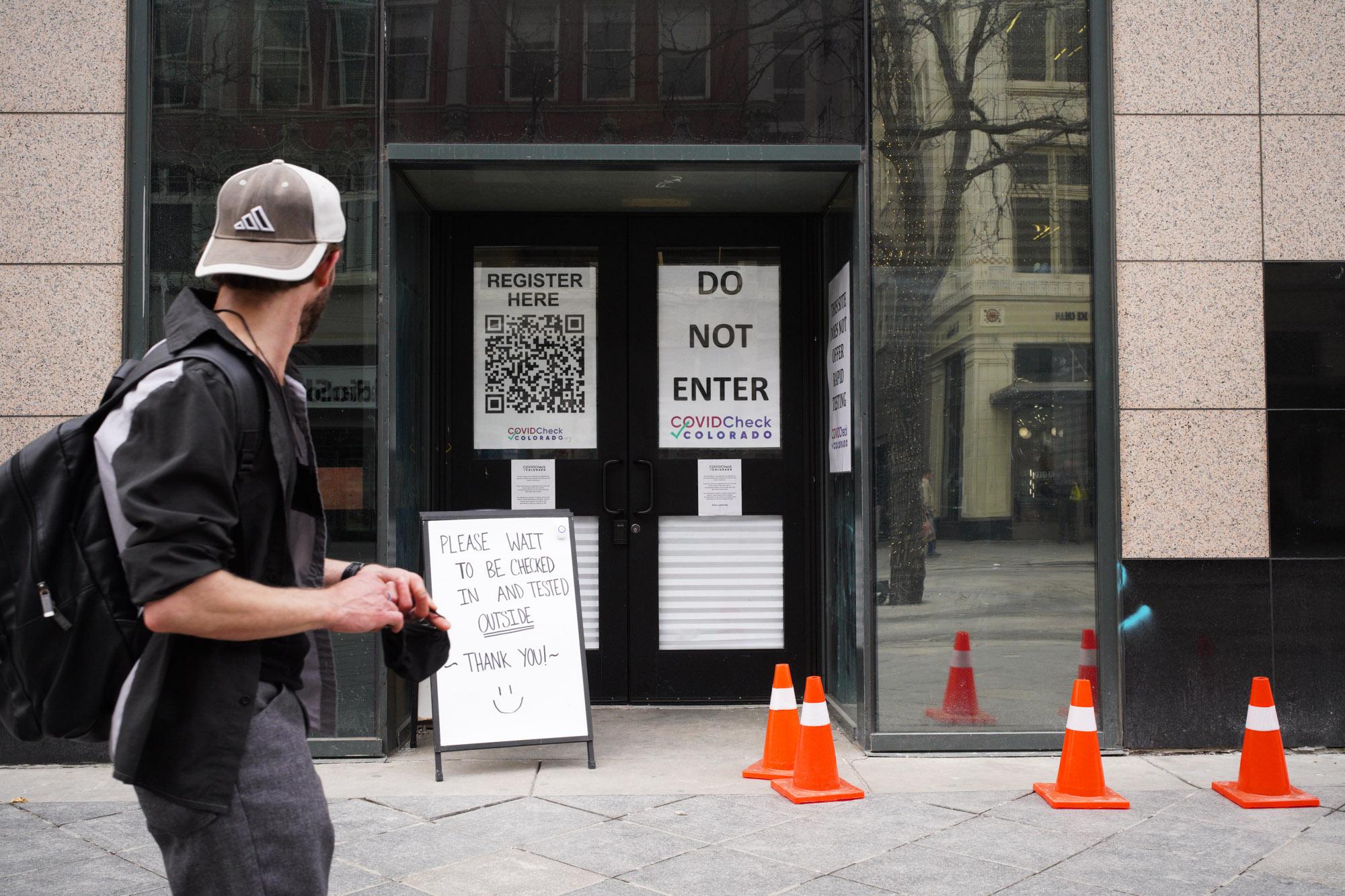
Nearly three out of four Coloradans older than 5 are now fully immunized with two doses of the COVID-19 vaccine, according to the state’s vaccination dashboard. That’s higher than the national average, which is about 66 percent, according to the New York Times, and puts Colorado at 16th highest among the 50 states.
Colorado recently topped a total of 4 million people who had gotten at least two doses, according to the state health department. More than half of all residents got the first two shots, plus a booster.
Colorado’s progress on the vaccination front comes at another uncertain point in the pandemic. The latest wildly transmissible variant — BA.2.12.1 — has infected increasing numbers of people in the state and around the country. But many of the tools to limit spread have been dropped, and surveillance and reporting of coronavirus trends are less robust than earlier in the pandemic.
Those younger than 5 are still not eligible though approval could come soon. The Food and Drug Administration issued a timetable last month for a decision about authorizing a COVID-19 vaccine for the youngest children in the U.S. It said June 8 is the earliest date it’ll present data to outside advisers for a recommendation.
Getting vaccinated helps prevent severe illness, said Dr. Jon Samet, dean of the CU School of Public Health.
“One thing that's clear is if you had the first two shots, get the third,” he said. “There’s some data from Israel that that fourth shot helps, at least for a while.”
COVID-19 is a "mixed bag" in Colorado right now
The latest COVID-19 data in Colorado is a decidedly mixed bag.
COVID-19 hospitalizations rose to 110 last week — up 33 since mid-April. But that's 1,500 fewer than the highest level recorded in the omicron wave.
The positivity rate for COVID-19 test is staying above the key 5 percent threshold as public health officials closely watch. As of Thursday, the positive test rate was 6.3 percent, according to state data. It's been above 6 percent for the last week and doubled since mid-March. But it's five times lower than January's omicron wave peak.
Wastewater surveillance data showed a pronounced spike in virus detected in mid-April and another smaller rise at the end of last month.
“So much of what happens next in this pandemic depends on the next variant or variants,” which is why continuing to encourage Coloradans to get vaccinated and boosted is key, Samet added. “If we had one (variant) with a high degree of immune escape, that is vaccine acquired protection is not great against the variant, that would be a problem.”
Are we flying blind?
Other public health experts worry Colorado and the U.S. may be flying blind. Many governments dropped non-pharmaceutical interventions like masking and contact tracing, while not beefing up surveillance enough to give warning of a potential coming surge, said May Chu, an epidemiologist and clinical professor, also at the Colorado School of Public Health.
“I think the trend away from contact tracing, from not promoting vaccination and boosters and the promotion of at home-testing, whose results are not seen by public health,” because most are not reported to health departments, “all point to an uneasy second half of the year,” Chu said.
“We are far from being ‘endemic,’ the point where the pandemic has become predictable, Chu said. “New variants are rising and most of the world is blind to that.”
Two omicron subvariants, which have emerged since the start of the year account for nearly all of Colorado’s cases, after first delta, then the original omicron variant swamped the state. In the most recent data posted to the state dashboard, the BA.2 subvariant makes up 74 percent and BA.2.12.1 comprises 14 percent. But that’s as of the week of April 10, so that data hasn’t been updated in nearly a month, according to the state’s dashboard.
Billions in funding for further COVID-19 prevention and protection is stalled in Congress. Colorado Gov. Jared Polis in March urged Congress to approve more money “to secure enough booster vaccine doses for all Americans and invest in variant-specific vaccines or a pan-COVID vaccine.”
It would protect against a range of variants should the science and data demonstrate the need, he said.
Wide disparities in vaccinations in Colorado
Though vaccination has grown steadily in Colorado since vaccines first started to become available late in 2020, the pandemic’s first year, there's wide variability across the state and across populations.
One group has lagged consistently behind when it comes to COVID-19 vaccines: Hispanics. Just 40 percent of that population has been vaccinated with at least one dose, according to the state’s dashboard. State models suggest the actual number may be higher, 48 percent.
Either way it’s measured, that trails all other groups for which the state has recorded information including white Coloradans (78 percent), as well as Black or African-American (66 percent), Asian, Native Hawaiian or Pacific Islander (69 percent), American Indian or Alaska Native (73 percent) residents.
“I am still seeing first and second vaccines. We are leaving my community behind,” said Julissa Soto, an independent health equity consultant who works with the state. Soto said she and others have helped vaccinate some 15,000 Latinos since last fall, but would like the numbers to be much higher. “Everyone is talking about the fourth booster and my community still struggles to get their first and second dose.”
Where the gaps are
Gaps persist as well, comparing the state’s urban, suburban and rural counties.
More than 80 percent of those residents 5 and up have gotten two doses in Denver, several metro counties, and some mountain counties.
The figure is better than 70 percent for other large Front Range counties: Jefferson, Douglas, Arapahoe, Adams and Larimer counties.
For El Paso County it's 67 percent, Pueblo County is at 61 percent and Mesa County, on the western slope, is at 54 percent.
Fewer than 50 percent of residents are vaccinated in many sparsely populated rural Colorado counties. In Kiowa, Rio Blanco, Cheyenne, Washington and Dolores counties the rate is below 40 percent.
The spotty coverage leaves under-vaccinated areas especially vulnerable to future outbreaks.
Even where vaccination rates are higher, vaccine effectiveness wanes over time and almost half of all Coloradans have yet to get a booster dose, on top of the first two shots.
Chu also worries about another virus taking off in the coming months: the flu. She said Colorado has essentially not had to battle much influenza for two flu seasons now, because COVID-19 precautions also limited the spread of the flu. But “that could rise sharply this year,” she said.
Chu said work is underway to develop a “global platform” to monitor exposure to COVID-19 and other diseases of public health concern, “but this has many moving pieces. We cannot let our guard up just yet.”

